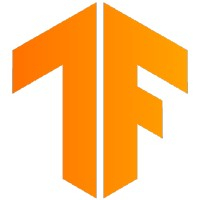 byTensor Flow - [Technical Documentation]@tensorflow
byTensor Flow - [Technical Documentation]@tensorflowTensorFlow is an open-source machine learning framework developed by Google for numerical computation and building mach
Story's Credibility

About Author
TensorFlow is an open-source machine learning framework developed by Google for numerical computation and building mach